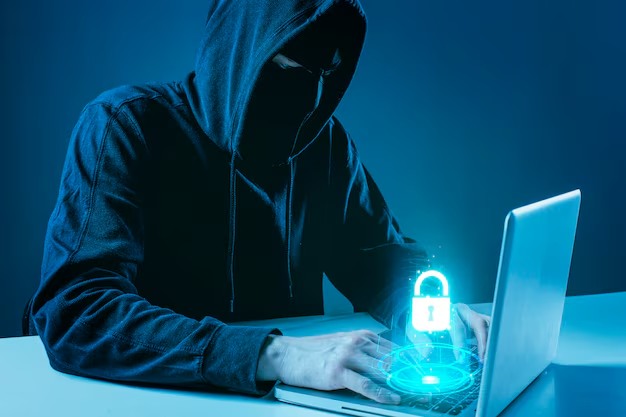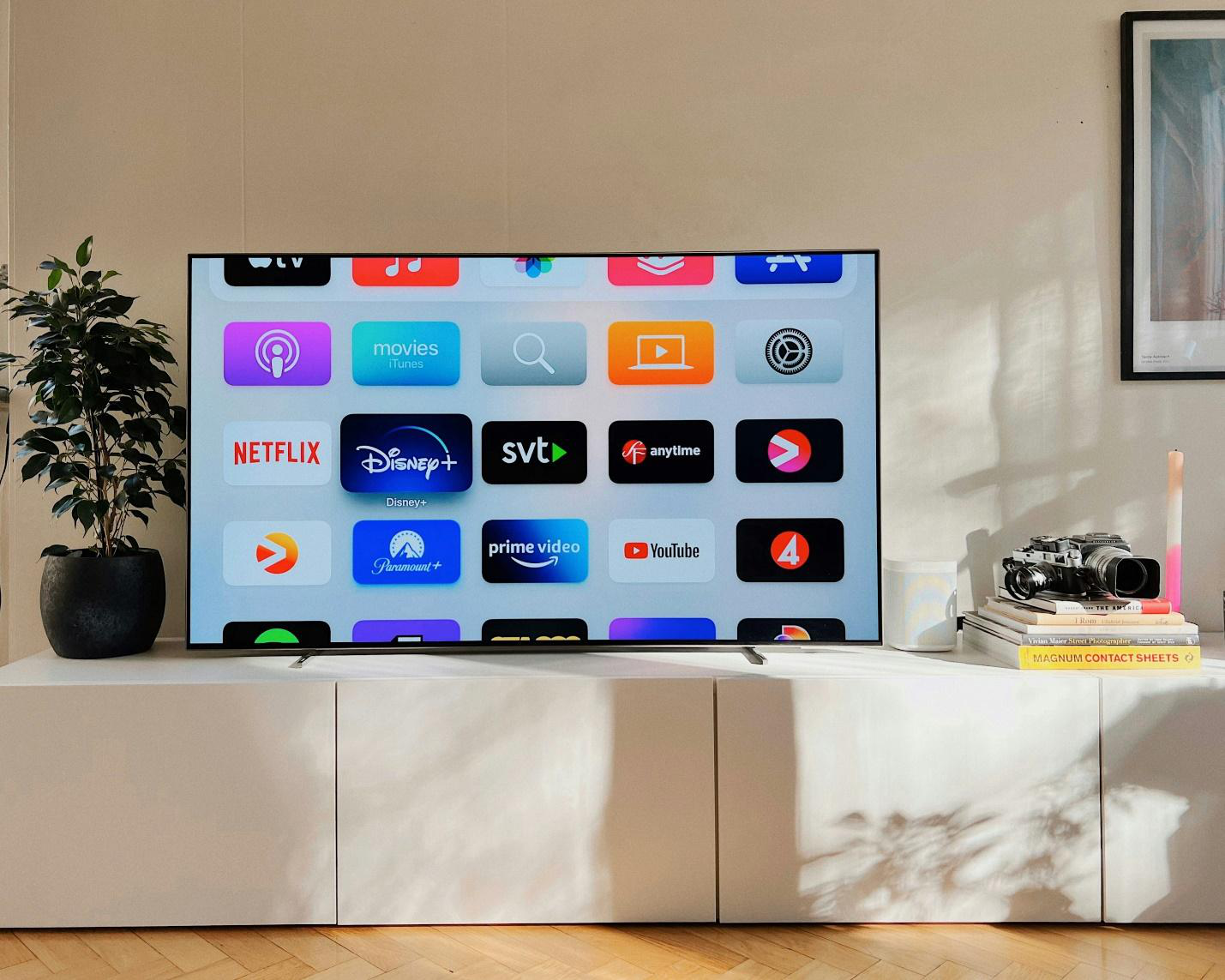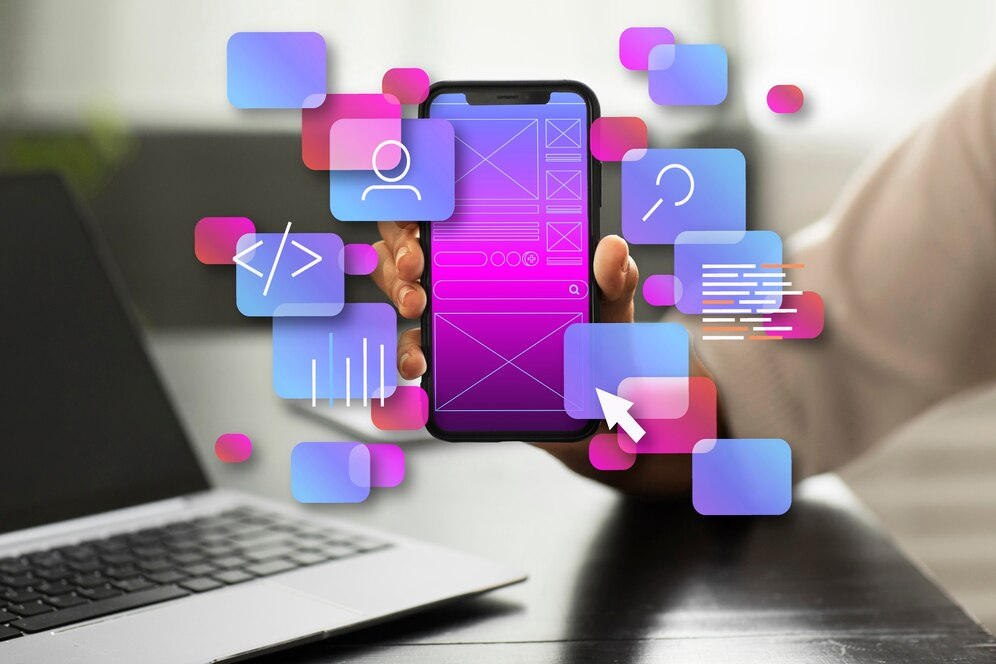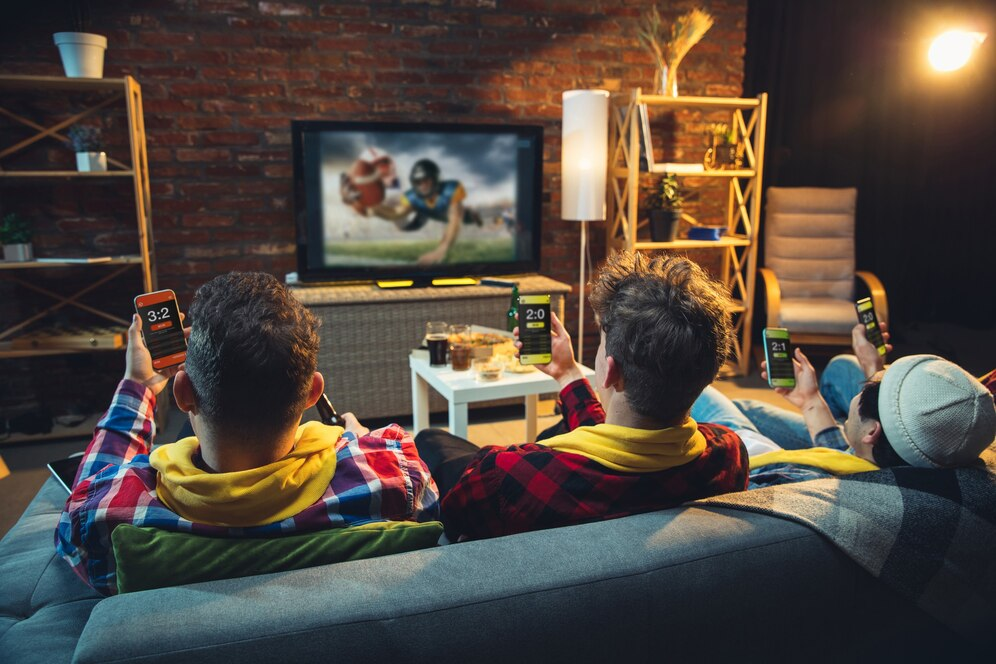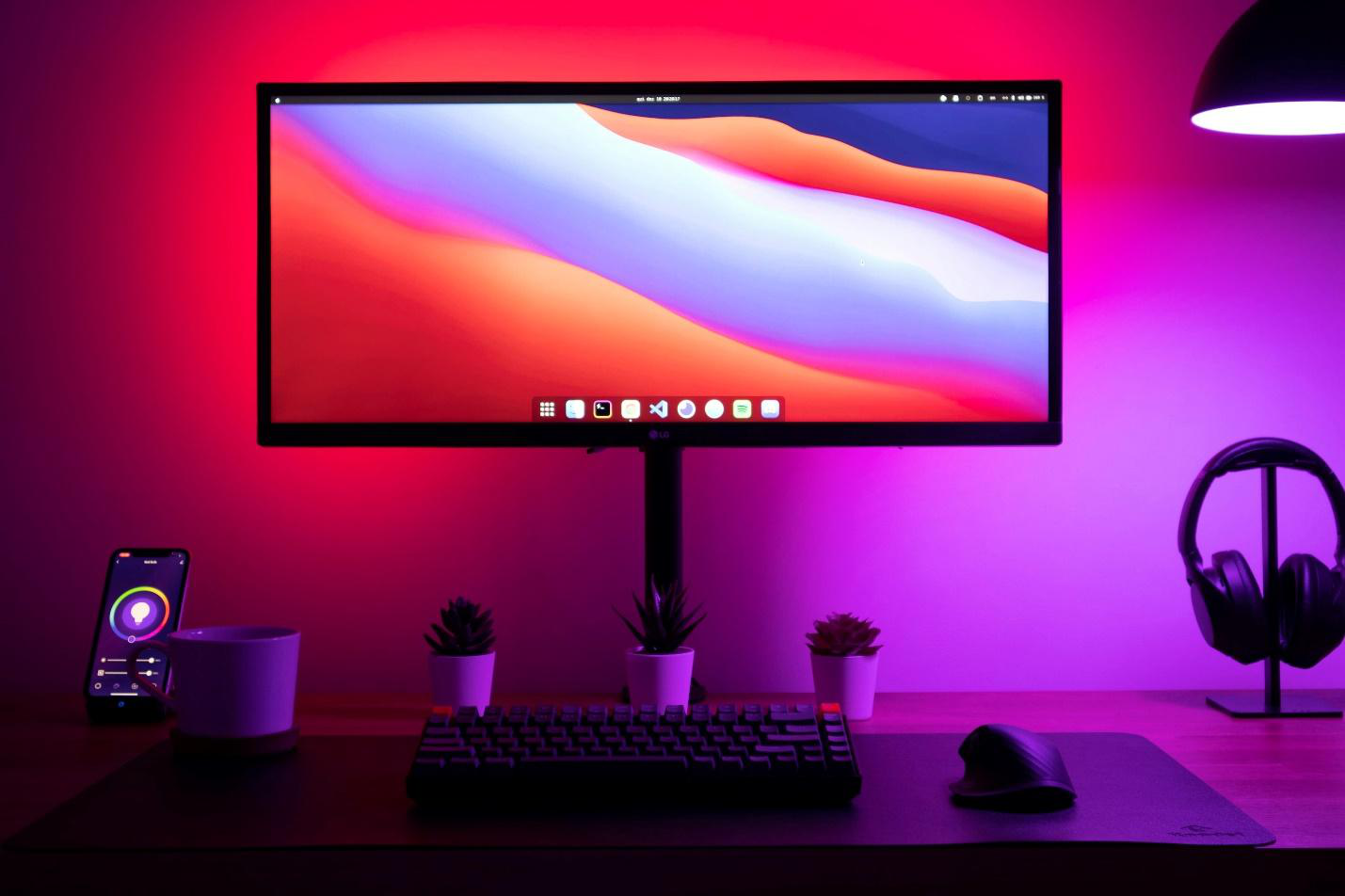What if machines could create art that moves us, compose music that resonates with our souls, or craft literature that sparks our imagination? It’s not just a hypothetical anymore—it’s happening now. Artificial intelligence is reshaping creative fields at an unprecedented pace.
This rapid shift raises pressing questions about the role of human creativity in a world where algorithms can paint, write, and compose.
As we navigate this new era, AI Report Central is committed to keeping you informed. We bring you the latest on artificial intelligence, providing insights into AI in creative industries, updates on the latest AI technology news, and much more.
In this article, we’ll examine how AI is influencing art, music, and literature, discuss its implications for creativity, and explore what this means for the future of human expression.
AI’s Role in Generating Art
AI art generators like DALL·E and MidJourney are redefining what it means to create visual content. These tools can generate stunning visuals from simple text prompts, offering artists and designers a new way to ideate and execute projects.
Benefits:
- Quick prototyping for designers and illustrators.
- Accessibility for non-artists to create visuals.
- Endless iterations at minimal cost.
However, the rise of AI-generated art also sparks debate. Does the ease of creating art diminish its value? For traditional artists, this technological shift can feel both exciting and threatening. While AI tools can’t replicate the deeply personal experience of human creation, they do challenge the boundaries of what we define as “art.”
Transforming Music with AI
AI is no stranger to the music industry. From composition tools like Amper Music to AI-driven mastering platforms, the technology is enhancing how music is created, produced, and consumed.
How AI is changing music:
- Composition: Algorithms can compose symphonies, write pop songs, or create mood-based soundtracks.
- Personalization: Streaming services use AI to recommend tracks tailored to individual tastes.
- Restoration: AI tools restore old recordings, giving new life to classic tracks.
Yet, as AI systems like OpenAI’s MuseNet craft original pieces, the question arises: where do we draw the line between human artistry and machine output?
Literature in the Age of AI
AI-driven writing assistants and content generators are revolutionizing how stories, articles, and even poetry are created. Platforms like ChatGPT enable writers to brainstorm ideas, refine drafts, or produce entire texts with minimal human input.
Applications:
- Writing assistance for authors and journalists.
- Automated content generation for marketing and publishing.
- Language translation and localization for global audiences.
While these tools are undeniably powerful, their rise prompts concerns about authenticity. Can a machine truly understand the human experience it seeks to portray in words? For now, AI serves as a partner rather than a replacement for human writers, but the balance is delicate.
What Does Creativity Look Like in an AI-Driven World?
Is creativity a uniquely human trait, or can machines truly “create”? As AI in creative industries continues to evolve, it’s clear that the technology doesn’t replace creativity—it redefines it. Artists, musicians, and writers now have powerful tools to enhance their craft, but the essence of creativity remains rooted in human imagination and emotion.
Stay Ahead of the Curve
AI is transforming the creative landscape, and staying informed is more important than ever. At AI Report Central, we’re your source for the latest articles on artificial intelligence, updates on the impact of AI on computing, and news on the latest in generative AI.
Want to keep up with the artificial intelligence latest news? Subscribe to our newsletter for the latest updates in artificial intelligence and never miss a beat. Let us guide you through the future of creativity, one breakthrough at a time.









